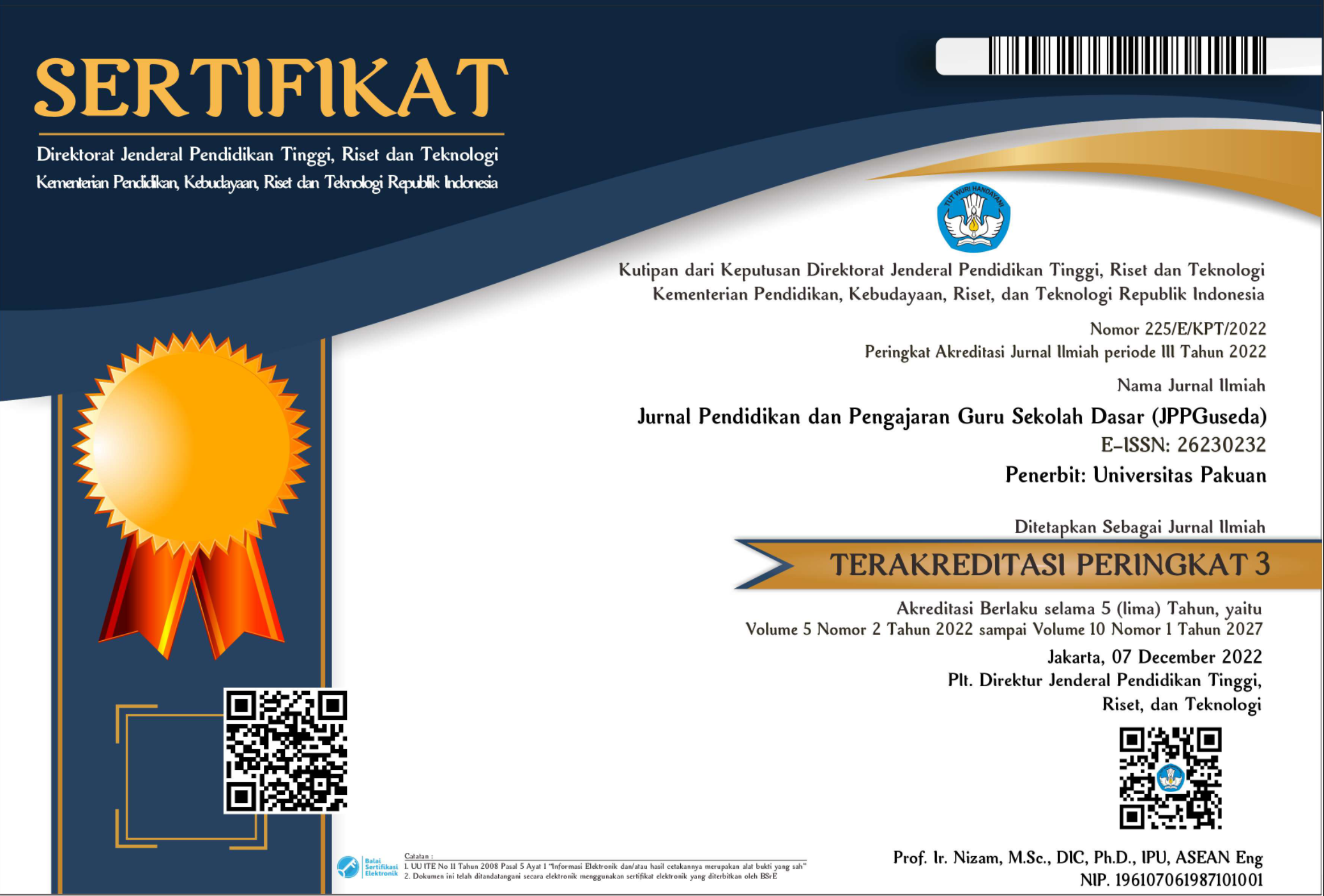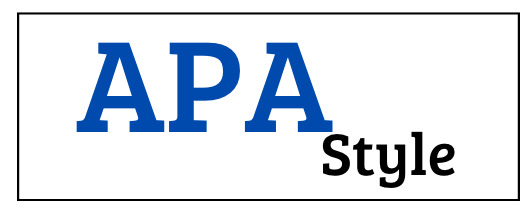Development of Setaparula Monopoly Media on the Theme of The Beauty of Diversity in My Country in Social Science Learning
Abstract
Keywords
References
Afifurrohman dan Susarno. 2014. Pengembangan Permainan Monopoli Panakawan dalam Pembelajaran Tematik Integratif Tema Pengalamanku Untuk Kelas I Sekolah Dasar Negeri Temu II Kanor Bojonegoro. Jurnal UNESA Volume 01 Nomor 01 Tahun 2014, 1-7
Arsyad, Azhar. 2017. Media Pembelajaran. Jakarta: PT Raja Grafindo Persada.
Cahyo, A.N. 2011. Gudang Permainan Kreatif Khusus Asah Otak Kiri Anak. Jogjakarta: Flashbooks.
Gunawan, Rudy. 2013. Pendidikan IPS. Bandung: Alfabeta.
Hosnan, M. 2016. Psikologi Perkembangan Peserta Didik. Bogor: Ghalia Indonesia.
Ibrahim, R. dan Nana Syaodih. 2003. Perencanaan Pengajaran. Jakarta: Rineka Cipta.
Jamaludin, Ujang. 2017. Pembelajaran Pendidikan IPS Teori Konsep dan Aplikasi bagi Guru dan Mahasiswa . Bekasi: CV Nurani.
Rusman. 2013. Belajar dan Pembelajaran Berbasis Komputer. Bandung: Alfabeta.
Sanjaya, Wina. 2012. Media Komunikasi Pembelajaran. Jakarta: Kencana Prenada Media Group.
Subana. M, Sunarti. 2010. Strategi Belajar dan Mengajar Bahasa Indonesia. Bandung: Pustaka Setia.
Sugiyono. 2015. Metode Penelitian Pendidikan Pendekatan Kuantitatif, Kualitatif dan R&D. Bandung: CV Alfabeta.
Sujana, Nana dan Ahmad Rivai. (2013). Media Pengajaran Penggunaan dan Pembuatannya. Bandung: CV. Sinar Baru Bandung.
Sukmadinata, N. S. (2015). Metode Penelitian Pendidikan. Bandung: Remaja Rosdakarya.
Sundayana, R. (2013). Media dan Alat Peraga dalam Pembelajaran Matematika.
Bandung: Alfabeta.
Suprapto, N.A. 2013. Permainan Monopoli sebagai Media untuk Meningkatkan Minat Belajar Tataboga di SM. Jurnal Ilmiah Guru, No.1, Tahun XVII.
Susanto, Ahmad. 2013. Teori Belajar & Pembelajaran di Sekolah Dasar. Jakarta: Kencana Prenada Media Group.
Zubaedi. 2012. Desain Pendidikan Karakter. Jakarta: Kencana Prenada Media Group.
DOI: 10.55215/jppguseda.v5i1.5018
 Abstract views : 311
Abstract views : 311
Refbacks
- There are currently no refbacks.
Copyright (c) 2022 Jurnal Pendidikan dan Pengajaran Guru Sekolah Dasar (JPPGuseda)

This work is licensed under a Creative Commons Attribution-NonCommercial 4.0 International License.




















